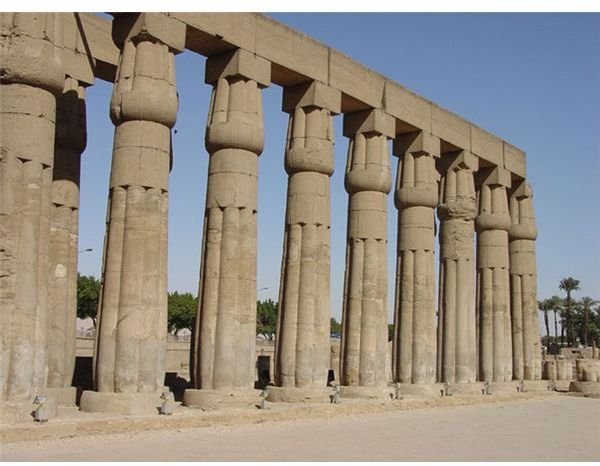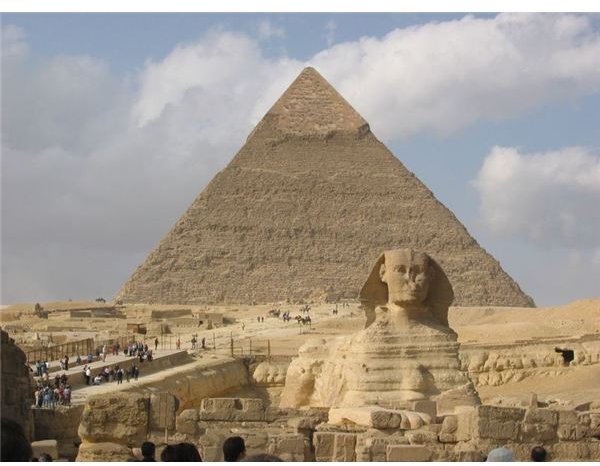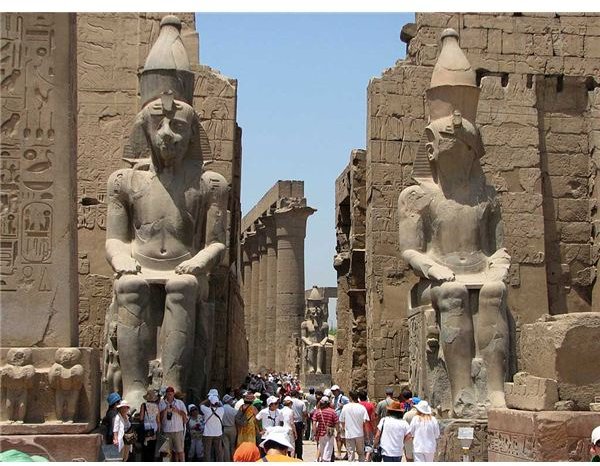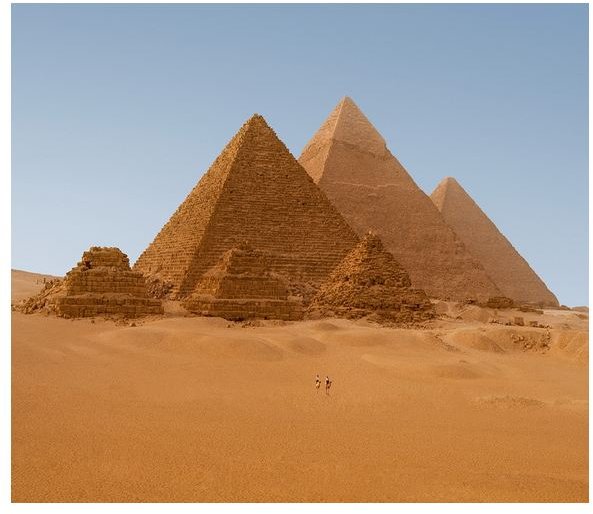Introduction to Ancient Egyptian Architecture
Renowned for its ancient civilization, Egypt is home to many of the world’s legendary monuments. With a history which date backs 5000 years, Egyptian civilization has endured the test of time. The power and lasting archaeological significance of this empire is largely attributed to the River Nile.
History
Beneath this architectural splendor lies a long history. The unison of cities based on the banks of River Nile played an important role in building the distinguishing Egyptian culture. This made Egypt the foremost nation in the Mediterranean region for nearly 3000 years. But the characteristic culture died soon after Alexander the Great took the reigns of Egypt in his hands. Thereafter, it became a melange of Roman, Greek, and Arabic customs. Soon the impressive stone monuments, hieroglyphs and the powerful stature became a thing of past.
Though most of the ancient built-ups in Egypt have been washed away by the river Nile, the remnants help us understand key building features. The dearth of lumber for construction caused the ancient people to use mud-bricks and stone, generally limestone and sandstone along with graphite. Later, stone was set aside for tombs and temples, and bricks were utilized mainly for the realms of rich and kingly. Residential houses were erected using mud from the river banks, which was molded and hardened.
Architectural Design

Ancient Egyptian Architecture is comprised of mainly religious memorials and colossal buildings. Some of the unique features of the buildings are the hieroglyphic and pictorial frescoes and carvings which adorn the inner as well as outer walls. Figurative symbols like the scarab or sacred beetle, solar disk, vulture, palm leaves, papyrus plants, buds and flower of lotus are also seen. Hieroglyphs served a dual purpose, one of beautification and other as witness to historical incidences. Moreover, the entire architecture was based on right-angle structures and leaning planes as no other support was utilized besides the strength and balance of the building itself.
The Buildings

The Pyramids are a source of inspiration world-over. Pyramids are in essence, the tombs of kings. They are huge structures build with artistic skills to preserve the dead bodies of kings. Their make inspires not just artists but authors, poets, and even mathematicians. Pyramids were built by talented artisans using basic techniques. The construction of tombs began as soon as a king was named and stopped only at his death.
The Sphinx, another great creation, invites appreciation from all. A sprawling lion with a human head is a gigantic statue estimated to be built over 45 centuries ago. Made of limestone bedrock, it usually faces the east side. The oldest and largest Sphinx lies on the enclosed rock and is walled towards the west and south.

The Luxor Temple of Egypt is believed to be a holy site built in later third century AD. The temple was built to serve as a religious place for all. The courtyard, enclosed by an arcade of papyrus-like pillars with lotus -bud capitals, can be reached through an entrance. A tiny, eight-columned porch opens in the interior temple. The Pylons comprises of two conical towers mounted by a cornice, which meets a raised section. The height of the avenue of the temple is 50% of that of the towers.
Thus the affluence of the Ancient Egyptian Architecture proves that it will last for more than a million years to come, inspiring every form of art and serving as a reference for people around the world.
Image Credits
[Chess theory](/tools/chess theory)
